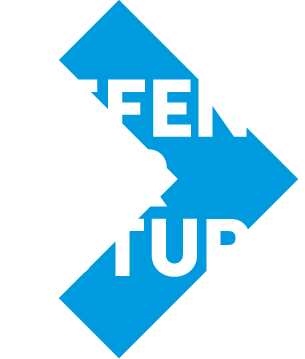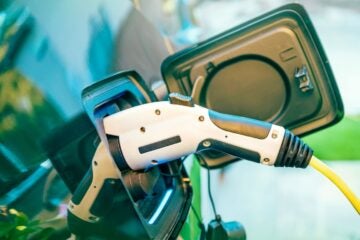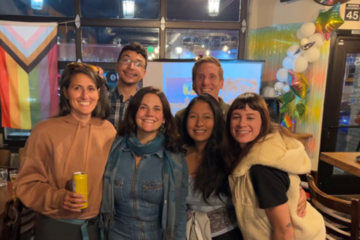As a first-time attendee of the summit, I did not know what to expect when I first arrived but was quickly impressed once the events began. The students I met and talked with are truly some of the most admirable and dedicated young leaders I have ever come across. Throughout the summit, everyone discussed their own individual successes and struggles on their respective campuses, and the endless exchange of ideas and feedback gave me a much needed new perspective on implementing sustainable initiatives at my school.
Hearing the stories and testimonies of other student leaders from colleges that otherwise would have never appeared on my radar revealed to me the myriad ways to approach what can seem like a daunting task: transforming a university into a beacon of sustainable progress. College campuses across the nation vary wildly in terms of ongoing sustainability goals, and the summit did a great job of reflecting those circumstances by allowing students at the summit to choose from a selection of discussion panels each focused on a different aspect of leadership in sustainability. Students could find a discussion that they believed would provide them with new insight and/or ideas that they could take back to their schools and add to the discussions happening with their student bodies and administrations.
At one of the breakout sessions I attended, I expressed how student leaders at my school have often struggled to get administrators to listen to their concerns and ideas. Immediately, several student body presidents and vice presidents gave me constructive feedback about the kinds of data points to focus on and the ideal way to frame and present an argument to institutional administrators. They themselves had worked successfully with administrators at their universities to accomplish goals such as a plastic water bottle ban on one campus and complete divestment from fossil fuels on another. Hearing the specifics of how they approached their school’s administration in a way that achieved significant results inspired me to craft new student initiatives to take back to my campus.
This sort of positive and effective reinforcement happened at each of these panels. Students frequently shared their experiences with others and offered advice to those who were encountering barriers to progress on their campuses. While the information provided to us by the experts leading these sessions was certainly helpful and important to know, I believe that the most beneficial aspect of these sessions was the student to student interaction. Not only were all of the students there bright and driven with well thought-out ideas for their schools, they were more than willing to provide guidance and support to their peers, many of whom they had just met a day earlier.
Larkin is a Defend Our Future intern.




